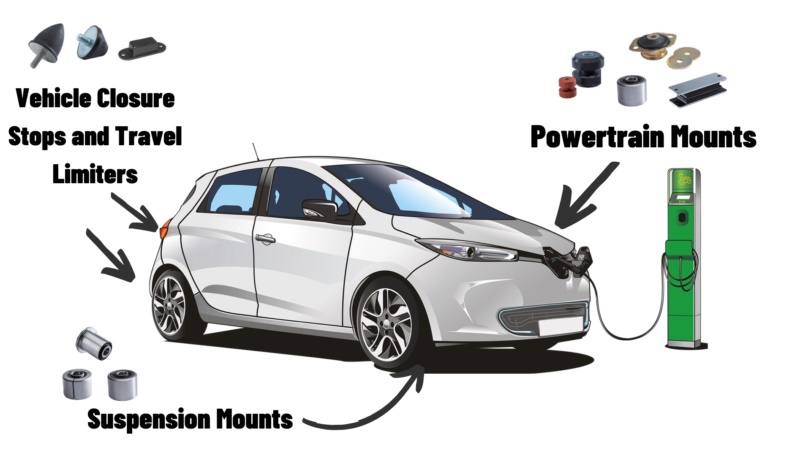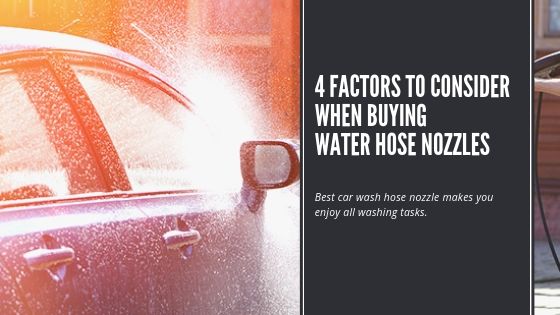Synthetic Brake Fluid is easily one of the most neglected fluids in most vehicles around the world. Manufacturers recommend that you change your brake fluid every 3 years. The Brake Fluid possesses lifesaving qualities yet people often check everything except the brake fluid.
So, in order to help understand the importance and to find the best brake fluid we will learn about the chemical properties and what is the purpose of brake fluid.
All Brake fluid is synthetic hydraulic fluid that helps apply pressure to the brake components.
Hydraulic fluids are the mediums used to transfer power throughout hydraulic components. Hydraulic fluids are known for transferring force into pressure which is how your foot applying pressure to your brakes stops your vehicle.
This is important because new brake fluid is incompressible, which helps apply quality pressure to the brake mechanism.
This is especially important for:
Those who commute long distances in warm weather. When brake fluid is overheated it puts your brake mechanism at risk. Once the brake fluid begins boiling the fluid turns into a gas and makes the gas compressible. Leaving your brakes very soft and will lead to “cadence braking”.
Cadence braking is also referred to as stutter braking, meaning repeatedly pressing the brake to prevent the brakes from locking up.
Most modern vehicles have anti-lock brakes or “ABS” if there is no pressure in the brake lines this system will not provide too much assistance. There are a few braking techniques here.
Brake Fluid Types:
So as you may or may not notice there are 4 different types of brake fluids.
Viscosity Limit
The brake fluid grade comes from the different temperatures that the fluid maintains while it’s stable and the corrosion characteristics. There are more characteristics taken into consideration but we are going to just focus on those two.
Viscosity is important to those that have ABS systems because the pressure and volume of fluid is not transferred. This means manufacturer’s suggested viscosity is important to take into consideration.
DOT3
Is one of two brake fluids that are capable of absorbing water from the air. DOT3 is Glycol Ether Based. The benefit of using Glycol Ether is its high boiling point with a lower molecular weight. DOT3 is a very commonly used synthetic brake fluids because it is the most economical when it comes to meeting the government standards.
DOT4
Is the next brake fluid that can absorb water through the air, when handling both DOT3 & DOT4, it is important to limit the exposure to the air. Also you don’t to spill any of this on your car because of the chemical properties of the Glycol Ether.
Only open the brake fluid reservoir when necessary, make sure you seal the plastic bottle tightly. DOT4 has a high stability and a high boiling point when it’s new.
If, water is absorbed into DOT4 the boiling point drops rapidly, even more than DOT3. DOT4 is referred to as a race or performance brake fluid because of the viscosity limit. Therefore when it comes to performance vehicle it is important to change your brake fluid more frequently.
DOT5.1
Unlike DOT3 and DOT4, DOT5 fluid doesn’t absorb water.
DOT 5.1 is also hydrophobic which means none absorbing and is used because of the lower chances of corrosion. DOT 5.1 used to be exclusively in the high performance industry because it requires so much attention.
DOT 5 has its benefits of being silicon based, it won’t chip paint if you spill it on your car. When pouring DOT 5 you have to pour slowly. Pouring too fast will create air bubbles and this will put gas in your brake lines which will leave your vehicle at risk.
If your vehicle is use as a Sunday driver it almost certainly will have to be bleed after every time you let it sits for a long time. The moisture in the brake lines pool at the lowest point which is normally in the caliper. This once again makes the fluid compressible and puts your vehicle at risk.
Min Jung Hong is the professional synthetic brake fluid manufacturer in the industry. We also provide agricultural machinery oil, fuel injector cleaner, MoS2 grease, air compressor lubricants etc. products. If you need more information about synthetic brake fluid, welcome to visit our website or contact with Min Jung Hong directly!
Article Source: http://www.autodeets.com/top-5-whats-the-best-brake-fluid/


